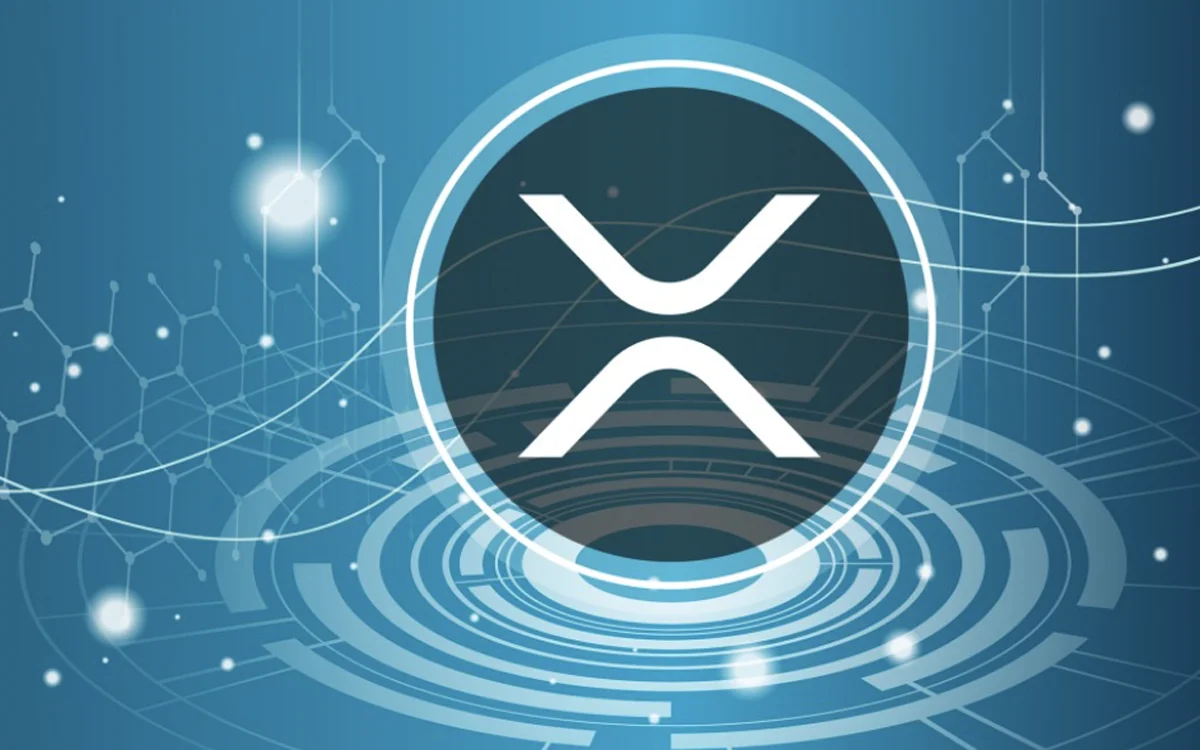How Ripple’s XRP Could Strengthen U.S. Financial Power
10.12.2024 20:00 2 min. read Alexander Zdravkov
XRP has garnered significant attention due to its volatile price movements and its potential to reshape the global financial system.
What sets XRP apart from many other cryptocurrencies is its focus on providing efficient and affordable cross-border payment solutions for the banking sector.
This niche positions XRP as a key player in facilitating faster and cheaper international transactions, which has led many experts to believe that the U.S. could harness Ripple’s technology and control over XRP to boost its economic power, particularly with the upcoming launch of its USD-backed stablecoin, RLUSD.
As President Trump prepares for a second term, the U.S. appears poised to take a leading role in the global crypto landscape. His administration has expressed strong support for creating a crypto-friendly environment, which could provide a substantial boost to projects like Ripple.
Ripple’s U.S. headquarters gives it a regulatory edge, making it easier for the government to oversee and collaborate with the company. Furthermore, Ripple’s RLUSD stablecoin could drive broader adoption of blockchain technology among financial institutions, enhancing the utility of digital assets for both traditional and crypto markets.
Main reasons why Ripple along with XRP is a strategic weapon for the US:
🔹 Ripple has built a next-generation B2B cross-border payments system controlled by a US company.
🔹 RLUSD will be able to expand the usage of USD around the world, especially for financial institutions…
— Anders 🏁🌏 (@X__Anderson) December 2, 2024
Ripple’s dominance in the XRP market cannot be understated. With the company controlling 45% of XRP’s total supply, it holds significant sway over the token’s value and potential impact. In addition, Ripple is actively exploring the decentralized finance (DeFi) space, signaling its intent to broaden its influence in emerging financial sectors.
By integrating DeFi products and expanding its reach within the blockchain ecosystem, Ripple is positioning itself as a critical player in the evolving crypto landscape. This strategic growth could solidify the U.S.’s role as a leader in the global adoption of cryptocurrencies and blockchain technology.
-
1
Whale Activity Alert: Which Altcoins Saw Millions Flow Into Exchanges?
09.07.2025 9:00 2 min. read -
2
Bitcoin Rises as Thousands of Altcoins Disappear
07.07.2025 13:00 2 min. read -
3
Binance Launches New Airdrop Rewards for BNB Holders
09.07.2025 18:00 2 min. read -
4
Ethereum nears key resistance as analysts predict $3,500 surge
13.07.2025 20:00 2 min. read -
5
Here is Why Institutions are Choosing Ethereum, According To Vitalik Buterin
06.07.2025 15:00 1 min. read
Altcoin Volume on Binance Hits Highest Level Since February
Altcoin trading volume on Binance Futures surged to $100.7 billion in a single day, reaching its highest level since February 3, 2025, according to data from CryptoQuant.
Bitcoin Exchange Inflows Spike — What Does it Means for Altcoins?
Bitcoin just recorded its largest net inflow to exchanges since July 2024, signaling a potential shift in market behavior.
Tron Signals Early Altseason Shift as Bitcoin Decouples
Tron (TRX) is showing signs of breaking away from Bitcoin’s price action, potentially positioning itself as a leading indicator of an emerging altseason.
3 Cryptocurrencies Showing Strong Momentum Right Now
While Bitcoin consolidates, capital is rotating into select high-growth tokens showing strong upside momentum.
-
1
Whale Activity Alert: Which Altcoins Saw Millions Flow Into Exchanges?
09.07.2025 9:00 2 min. read -
2
Bitcoin Rises as Thousands of Altcoins Disappear
07.07.2025 13:00 2 min. read -
3
Binance Launches New Airdrop Rewards for BNB Holders
09.07.2025 18:00 2 min. read -
4
Ethereum nears key resistance as analysts predict $3,500 surge
13.07.2025 20:00 2 min. read -
5
Here is Why Institutions are Choosing Ethereum, According To Vitalik Buterin
06.07.2025 15:00 1 min. read


